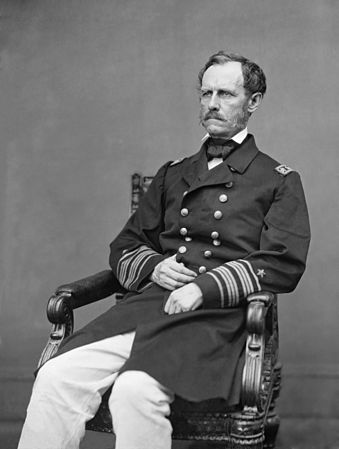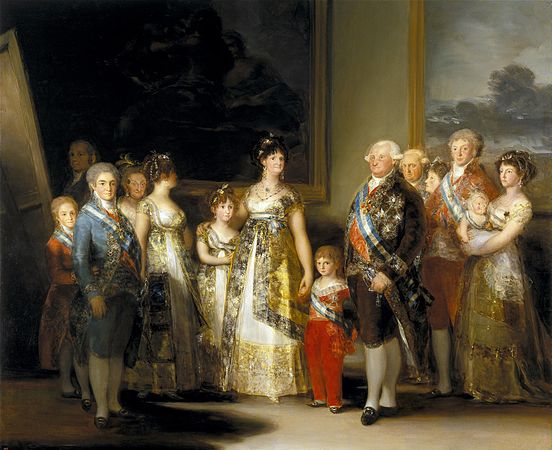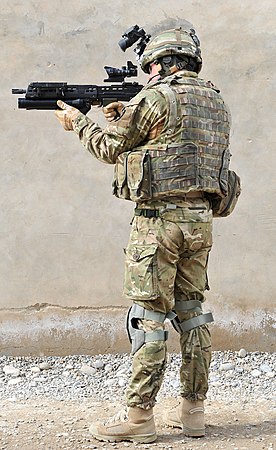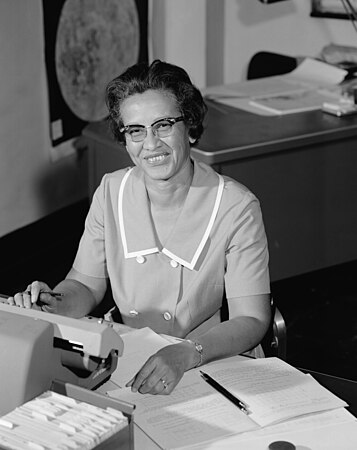Wikipedia:WikiProject Military history/News/August 2016/Articles
|
New featured articles |

- Douglas MacArthur's escape from the Philippines (Hawkeye7)
- Following on from Hawkeye's successful FAC nomination of Mac's biography a few years ago, and of his dismissal by President Truman during the Korean War, this article details the subject's escape from the Philippines to Australia via Mindanao in March 1941, culminating in his famous speech declaring, "I came through and I shall return". Hawkeye took the article through GAN and ACR before nominating at FAC.
- Henry Hoʻolulu Pitman (KAVEBEAR)
- KAVEBEAR's first featured article covers one of a small group of American Civil War soldiers of Hawaiian descent. Pitman was born in Hawaiʻi and moved to Boston with his father in 1860. Despite his mixed-race ancestry, Pitman avoided the racial segregation in the Union Army, and enlisted in 1862. He became a prisoner of war late that year, and died of disease in Confederate custody. KAVEBEAR shepherded the article through GAN, PR and ACR before it achieved FA status.
- SMS Körös (Peacemaker67)
- Continuing Peacemaker's series on Balkan naval vessels, this article covers the history of an Austro-Hungarian river monitor that later served with the Yugoslav and Croatian navies. In World War I, she deployed to Odessa on the Black Sea. She was scuttled by her crew in 1941, and later raised only to be sunk by a mine in 1944. The article passed GAN and ACR prior to FAC.
- Theodore Komnenos Doukas (Cplakidas)
- Theodore captured Thessalonica from the Latins and almost succeeded in recovering Constantinople and restoring the Byzantine Empire 30 years before it actually happened. He was then captured by the Tsar of Bulgaria, released when the latter became his son-in-law, deposed his brother to regain Thessalonica, and ruled it via his sons for several years before it was captured by the Empire of Nicaea. In a final act of defiance against Nicaea he urged his nephew the ruler of Epirus (whom he had deposed at the beginning of his reign) to launch a joint attack, which failed. In common with all our successful FAC nominators during the past month, Cplakidas successfully negotiated GAN and ACR before putting the article up for FAC.
New featured pictures |
-
Example of the modern equipment of the British Army (back view)
-
Example of the modern equipment of the British Army (front view)
-
Katherine Johnson, NASA mathematician.
New A-Class articles |




- 2/3rd Machine Gun Battalion (Australia) (AustralianRupert)
- Continuing AustralianRupert's series of articles on Australian Army machine gun battalions of World War II, this article covers the history of a unit which endured a "rather tortured existence". Despite its specialist role, the battalion mainly fought as light infantry in two of its three campaigns. More seriously, the majority of the battalion was captured by the Japanese in 1942 after the unit was rushed from the Middle East to the Dutch East Indies, and it did not see combat again until 1944.
- Western Area Command (RAAF) (Ian Rose)
- Ian nominated this article for A-class status alongside that on the service's North-Eastern Area Command (see below). Western Command was one of the longest-lasting of the RAAF's area commands, and covered most of the state of Western Australia. While the units assigned to the command did not see much combat during World War II, they were nevertheless busy patrolling the remote oceans off the state.
- No. 37 Squadron RAAF (Ian Rose)
- Ian described this nomination as "a belated follow-up to GAN/ACR/FAC noms over the past few years for other RAAF transport squadrons". It covers a Royal Australian Air Force unit which flew a wide range of transport aircraft during World War II, and has operated two different variants of the C-130 Hercules since being re-established in 1966.
- Divisional Cavalry Regiment (New Zealand) (Kges1901)
- The Divisional Cavalry Regiment was the 2nd New Zealand Division's armoured reconnaissance unit during World War II. Formed in 1939 as New Zealand's first armoured unit, it served with the remainder of its division in Greece, North Africa and Italy. In 1944 it was converted to an infantry regiment, and fought in this role until the end of the war. It formed part of New Zealand's contribution to the occupation of Japan following the war, and was disbanded in 1947.
- North-Eastern Area Command (RAAF) (Ian Rose)
- In contrast to the Western Area Command, North-Eastern Area had a very active war. Responsible for the defence of Australian territories in New Guinea as well as north Queensland, the command controlled the attempts by RAAF forces to hold off the Japanese thrust into the area during 1942. While most operations in New Guinea were transferred to a separate command in 1943, North-Eastern Area retained responsibility for protecting Allied lines of communication. It survived in a much-reduced form for about a decade after the war, disbanding in 1956.
- James Wood Bush (KAVEBEAR)
- Continuing their series on Hawaiian veterans of the US Civil War, KAVEBEAR brings us this biography of a Hawaiian-born sailor who joined the US Navy in 1864. He developed chronic laryngitis and spinal injuries during his service, and was left too impoverished to return to Hawaii. After finally returning to the islands in 1877, Bush converted to Mormonism and eventually became a bishop.
- 2/15th Battalion (Australia) (AustralianRupert)
- The 2/15th Battalion was an Australian infantry unit of World War II. Originally raised from volunteers from Queensland in 1940, the battalion saw considerable combat in North Africa, New Guinea and Borneo as part of the 9th Division.
- Ikarus IK-2 (Peacemaker67)
- Peacemaker's first A-class nomination of an article covering an aircraft provides a description of a Yugoslav-designed fighter which entered service in 1935. Twelve production aircraft were built, and the eight remaining in service in 1941 saw limited combat during the Axis invasion of the country. Following the invasion, the Air Force of the Independent State of Croatia operated four IK-2s, despite lacking spare parts for the type, and none survived the war.
- Metallurgical Laboratory (Hawkeye7)
- Another in Hawkeye's long-running series on the Manhattan Project, covering the Chicago-based element of this massive enterprise. The Metallurgical Laboratory developed the world's-first nuclear reactor in 1942, and went on to design several further reactors which played a key role in the development of the atomic bomb. In addition, it also undertook research into the chemistry and metallurgy of plutonium. The Metallurgical Laboratory became the still-existent Argonne National Laboratory in 1946.
- Montreal Laboratory (Hawkeye7)
- Hawkeye7's latest nomination related to the Manhattan Project focuses on the Canadian part of the undertaking. The Montreal Lab was established for nuclear research in concert with the UK, and to absorb some of the scientists and work of the Tube Alloys project in Britain.
- Prince Romerson (KAVEBEAR)
- Another in KAVEBEAR's series of articles on American Civil War soldiers of Hawaiʻian descent, this article looks at a man who served in both the Union Navy and Army. After the war, he fought in the frontier army as a Buffalo Soldier.
|







